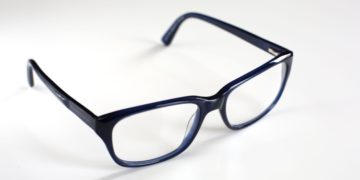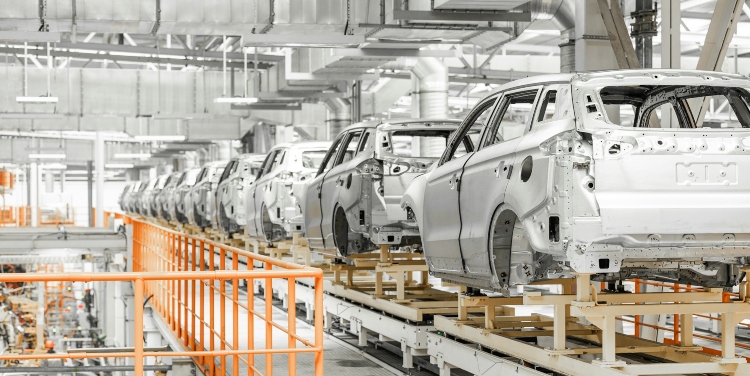In the evolving world of industrial automation and smart manufacturing, precision and speed are not just desirable — they are essential. Industries ranging from automotive to pharmaceuticals rely on fast, accurate inspection systems to maintain productivity and product integrity. A significant enabler of this precision and speed is the adoption of advanced USB industrial camera technology.
These next-generation imaging devices are becoming a cornerstone in machine vision systems, providing the clarity, frame rate, and reliability that modern manufacturing demands. As the need for high-resolution imaging in real time grows, so does the importance of selecting the right cameras for machine vision. USB cameras, in particular, have emerged as a flexible and cost-effective solution, ideal for integration into a wide range of industrial applications.
Understanding the role of usb industrial cameras in automation
USB industrial cameras are specifically engineered for use in demanding industrial environments. Unlike consumer-grade webcams, these cameras offer features like robust housing, high-speed data transfer via USB 3.0 or USB-C, and compatibility with machine vision software libraries. This makes them indispensable tools for tasks such as defect detection, measurement, barcode reading, and robotic guidance.
One of the primary benefits of USB industrial cameras is their plug-and-play connectivity. With USB ports available on most industrial PCs and embedded systems, integration is quick and seamless. Moreover, USB interfaces support power and data transmission through a single cable, simplifying system design and reducing installation costs.
How usb technology enhances speed and resolution
The transition to USB 3.0 and USB 3.1 has dramatically improved data throughput, enabling cameras to transmit high-resolution images at rapid frame rates. This capability is critical in high-speed production environments, where delays in image processing can lead to missed defects or production halts.
For example, a 5MP USB 3.1 industrial camera can deliver full-resolution images at over 60 frames per second, allowing real-time inspection of fast-moving conveyor belts or rotating components. The low latency and high bandwidth of USB connections make them ideal for applications where both speed and accuracy are essential.
Cameras for machine vision: key use cases and benefits
Cameras for machine vision are used across a spectrum of industrial tasks. In electronics manufacturing, they verify circuit board assembly with micron-level accuracy. In the food industry, they ensure that packaging meets hygiene and labeling standards. And in logistics, they enable fast, automated sorting and tracking of parcels using barcode and QR code recognition.
Beyond inspection, machine vision cameras are also pivotal in robotics. Whether guiding robotic arms in pick-and-place tasks or supporting autonomous navigation, the vision system acts as the “eyes” of the robot, interpreting surroundings with speed and precision. USB industrial cameras are particularly suitable in such scenarios due to their compact size, easy integration, and powerful imaging capabilities.
Ease of integration with vision software and AI
One of the major advantages of modern USB cameras is their compatibility with popular vision software platforms like HALCON, OpenCV, and MATLAB. This allows developers and engineers to rapidly prototype, test, and deploy vision algorithms for custom applications.
In recent years, artificial intelligence (AI) has played a growing role in industrial imaging. Cameras now feed data directly into AI models that can identify anomalies, classify products, or predict equipment failures. The ability of USB industrial cameras to stream high-quality image data in real time makes them perfect for AI-driven inspection and monitoring systems.
Choosing the right usb industrial camera for your application
When selecting a USB industrial camera, it’s important to consider factors like sensor type (CMOS vs. CCD), resolution, frame rate, lens compatibility, and environmental protection (IP rating). Some applications may require color imaging, while others benefit from monochrome sensors for enhanced contrast and sensitivity.
It’s also crucial to choose a camera that offers long-term support and reliable performance under harsh conditions, such as vibration, temperature fluctuations, or exposure to chemicals. Many leading manufacturers provide SDKs, firmware updates, and technical support to ensure seamless integration and operation over time.
The future of usb industrial imaging technology
As industries continue to evolve towards greater automation, the demand for intelligent vision systems will only increase. Innovations like USB4 and higher-resolution global shutter sensors promise to further boost performance and reduce latency. Additionally, integration with edge computing devices and IoT platforms will enable more decentralized and efficient data processing.
Wireless USB cameras and hybrid connectivity options may soon emerge, offering even greater flexibility in industrial environments. Coupled with advances in AI and deep learning, next-gen USB industrial cameras are poised to become the nerve center of future smart factories.
Faster, smarter, more accurate production
Next-generation USB industrial cameras represent a powerful leap forward in the capabilities of machine vision systems. By combining high-speed image capture with easy integration and advanced software support, they help manufacturers achieve unparalleled levels of precision and efficiency.
David Prior
David Prior is the editor of Today News, responsible for the overall editorial strategy. He is an NCTJ-qualified journalist with over 20 years’ experience, and is also editor of the award-winning hyperlocal news title Altrincham Today. His LinkedIn profile is here.













































































